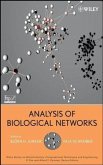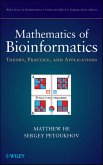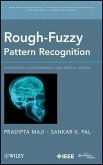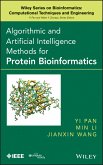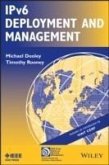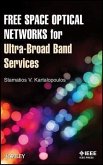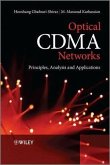An introduction to biological networks and methods for their analysis Analysis of Biological Networks is the first book of its kind to provide readers with a comprehensive introduction to the structural analysis of biological networks at the interface of biology and computer science. The book begins with a brief overview of biological networks and graph theory/graph algorithms and goes on to explore: global network properties, network centralities, network motifs, network clustering, Petri nets, signal transduction and gene regulation networks, protein interaction networks, metabolic networks, phylogenetic networks, ecological networks, and correlation networks. Analysis of Biological Networks is a self-contained introduction to this important research topic, assumes no expert knowledge in computer science or biology, and is accessible to professionals and students alike. Each chapter concludes with a summary of main points and with exercises for readers to test their understanding of the material presented. Additionally, an FTP site with links to author-provided data for the book is available for deeper study. This book is suitable as a resource for researchers in computer science, biology, bioinformatics, advanced biochemistry, and the life sciences, and also serves as an ideal reference text for graduate-level courses in bioinformatics and biological research.
Dieser Download kann aus rechtlichen Gründen nur mit Rechnungsadresse in A, B, BG, CY, CZ, D, DK, EW, E, FIN, F, GR, HR, H, IRL, I, LT, L, LR, M, NL, PL, P, R, S, SLO, SK ausgeliefert werden.



